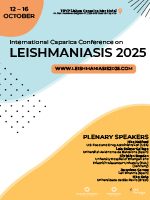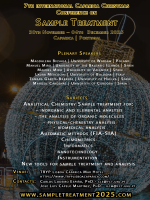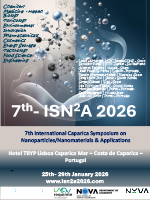Pre and post analytical pitfalls of new biomarkers predicting acute kidney injury. Neutrophil gelatinase-associated lipocalin and cell cycle arrest proteins variability in urinary testing
DOI: 10.5584/jiomics.v10i2.321
Abstract
Introduction. In the last years, many improvements were made to know better in laboratory medicine the total testing process (TTP) including the pre and post analytical phases. To date, however, laboratory common protocols do not extensively applied for the routine testing. Issue is worse for new potential biomarkers in clinical practice owing to timeliness of market entry and the urgent need to adopt new diagnostic tools. Our work conducted to investigate diagnostic pitfalls of new acute kidney injury (AKI) biomarkers with specific observations on the pre/post analytical features of neutrophil gelatinase-associated lipocalin (NGAL) and tissue inhibitor of metalloproteinase 2▪insulin-like growth factor binding protein 7 (TIMP-2)▪(IGFBP-7). Material and Methods. We analysed from previous two studies the urinary samples collected in intensive care unit (ICU) from an adult population undergoing cardiac surgery. Diagnostic accuracy of NGAL and (TIMP-2)▪(IGFBP-7) was determined on urinary samples. For NGAL biomarker the evaluation of two consecutive testing results was introduced. We performed measurements using a chemiluminescent method on an automatic analytical platform and a point of care testing (POCT) Nephrocheck meter. Analysis of biochemical results was performed without and with the urine creatinine (uCrea) correction. Furthermore, a method to calculate the mean variation rate was applied for different biomarker concentrations using differential equations. Results. A received operating curve for predicting AKI was obtained with AUC value= 0.66 corresponding to the better cut-off= 29 ng/mL (p=0.016). A significant association between the NGAL increase and AKI severity was achieved (p=0.02). NGAL increases showed: NGAL pre=18.3 (7.7-23.7) ng/mL, NGAL post= 19.2 (3.8-86) ng/mL median (interquartile range) statistically not significant. Analyzing the corresponded urinary creatinine (N=41), we highlighted that 38/41 had uCrea≤ 50mg/dL suggesting a possible dilution of patient samples collected. Nephrocheck AKI score cut-off=0.3, used in clinical studies, does not evaluate biomarker increase pre/post-surgery. Correction with the urinary creatinine does not have added significant outcomes. However, measure unit of (TIMP-2)▪(IGFBP-7) expressed as AKI score (ng/mL)2/1000 introduces a variation due to the amplification of TTP errors. Differential equations applied to Nephrocheck test results demonstrated a mean variation rate that rises as the biomarker concentration increases. Conclusions: NGAL results on urinary testing had a poor diagnostic accuracy probably due to pre-analytical variability in ICU critical patients. Pre and Post-analytical variability affected Nephrocheck results as suggested by the non-linear expression of measurements. In addition, the too tight and low AKI score reference range (0.02-0.3) may determine possible overlap between different patient groups.









